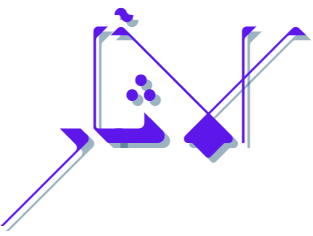ادب اختلاف میں رفع تعارض فی الحدیث کے اسالیب ایک تحقیقی جائزہ
Methods of Resolving Conflicts in Hadith within the Context of the Etiquette of Disagreement: A Research Review
Keywords:
Conflict Resolution in Hadith, Methodologies in Hadith Studies, Preference, Abrogation, Authenticity of Hadith, Harmonization in Islamic TeachingsAbstract
The art of resolving contradictions in hadith interpretations is a critical aspect of Islamic scholarly discourse. This research delves into the methodologies employed in addressing apparent conflicts within the corpus of hadith literature. It explores the literary, analytical, and interpretative approaches that classical and contemporary scholars have adopted to harmonize differing narrations and contextual variations. By examining primary and secondary sources, the study aims to provide a comprehensive overview of the principles and techniques underpinning conflict resolution in hadith studies. Key strategies such as reconciliation (الجمع), preference (الترجیح), and abrogation (النسخ) suspension (التوقف) are analyzed, alongside their application in diverse scenarios.
This investigative study also highlights the importance of these methodologies in preserving the integrity and authenticity of Islamic teachings, contributing to a deeper understanding of prophetic traditions. Through this scholarly inquiry, the research underscores the pivotal role of nuanced interpretation in addressing disagreements and achieving a harmonious understanding of hadith literature.



































